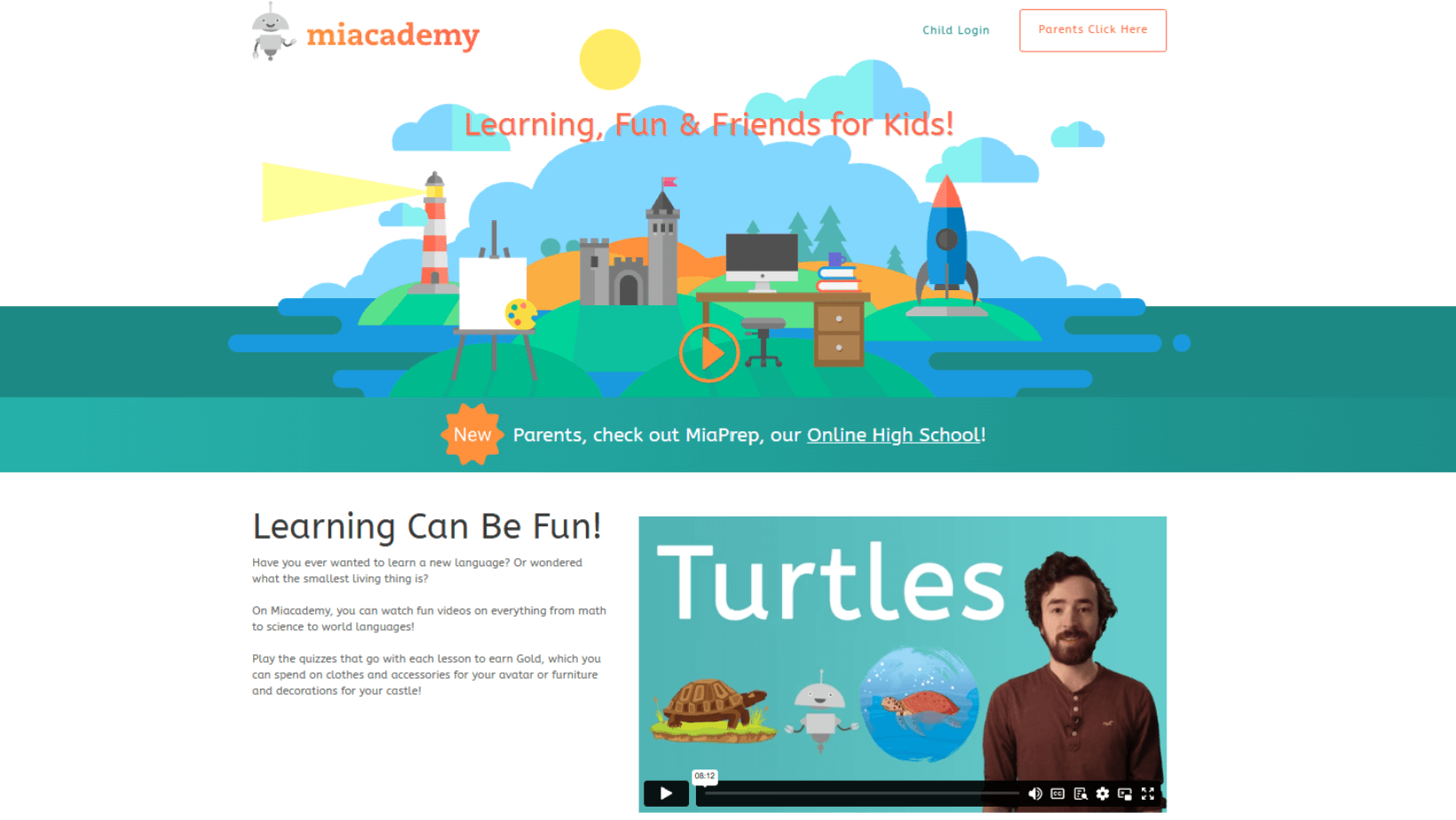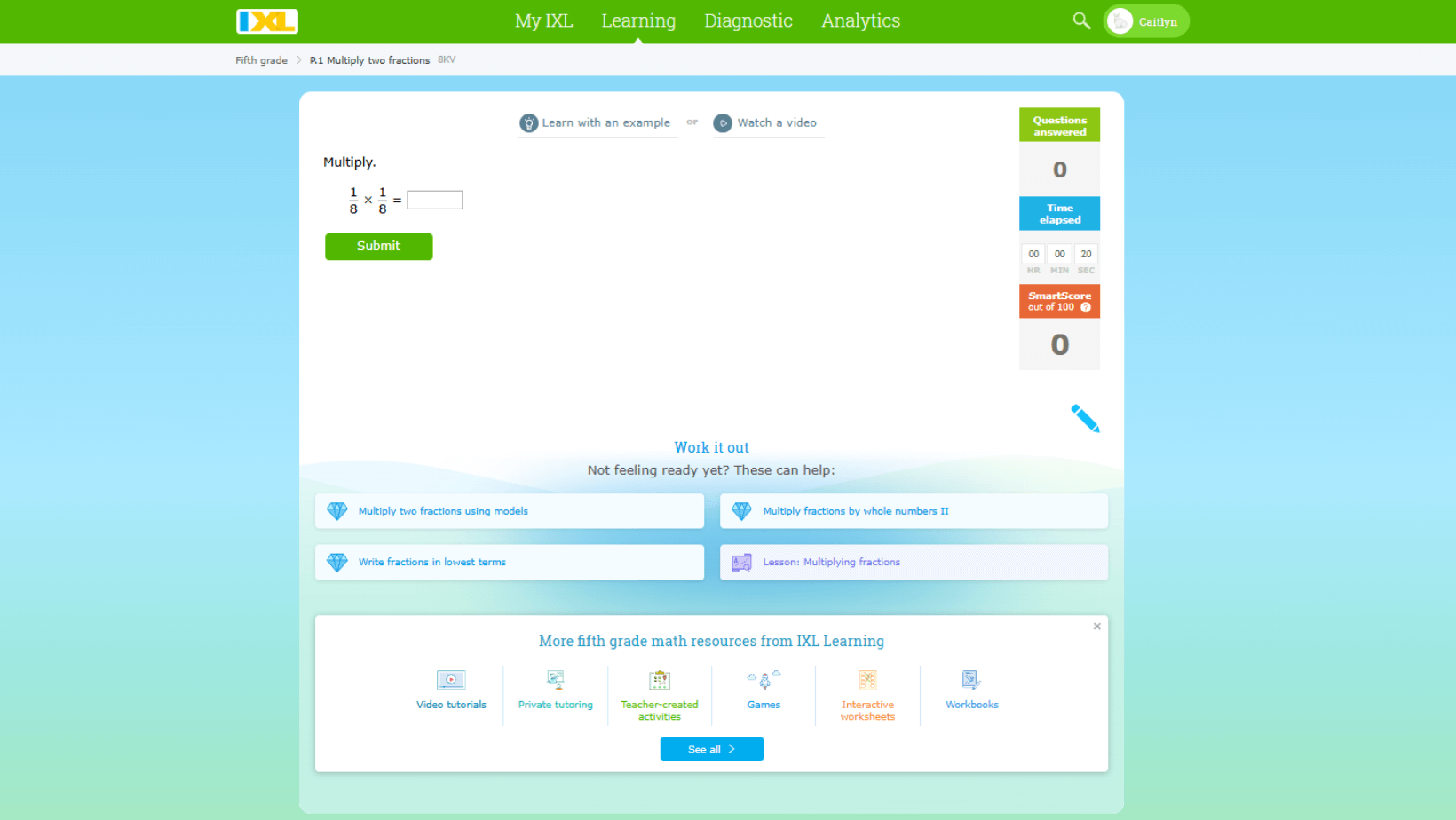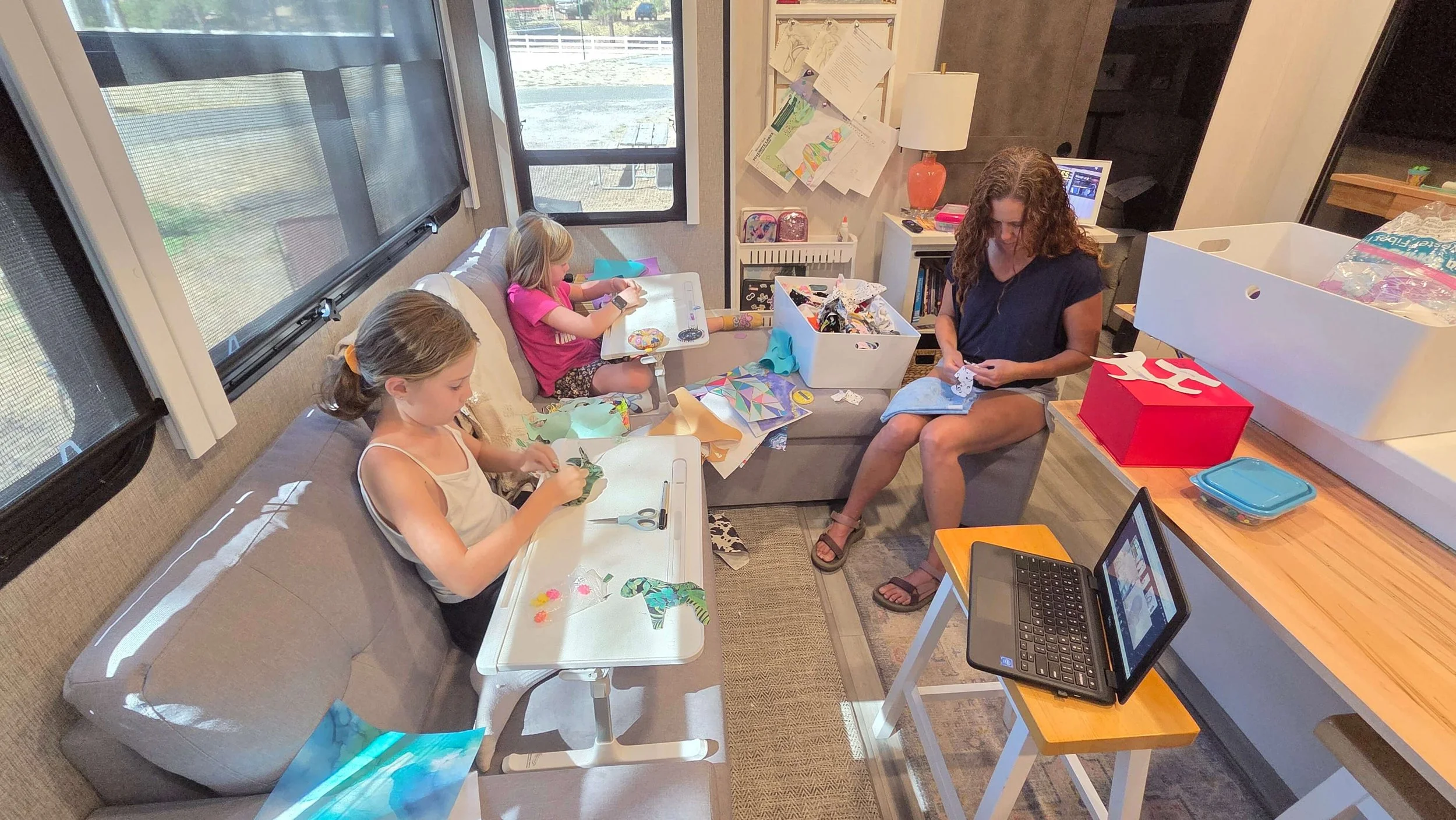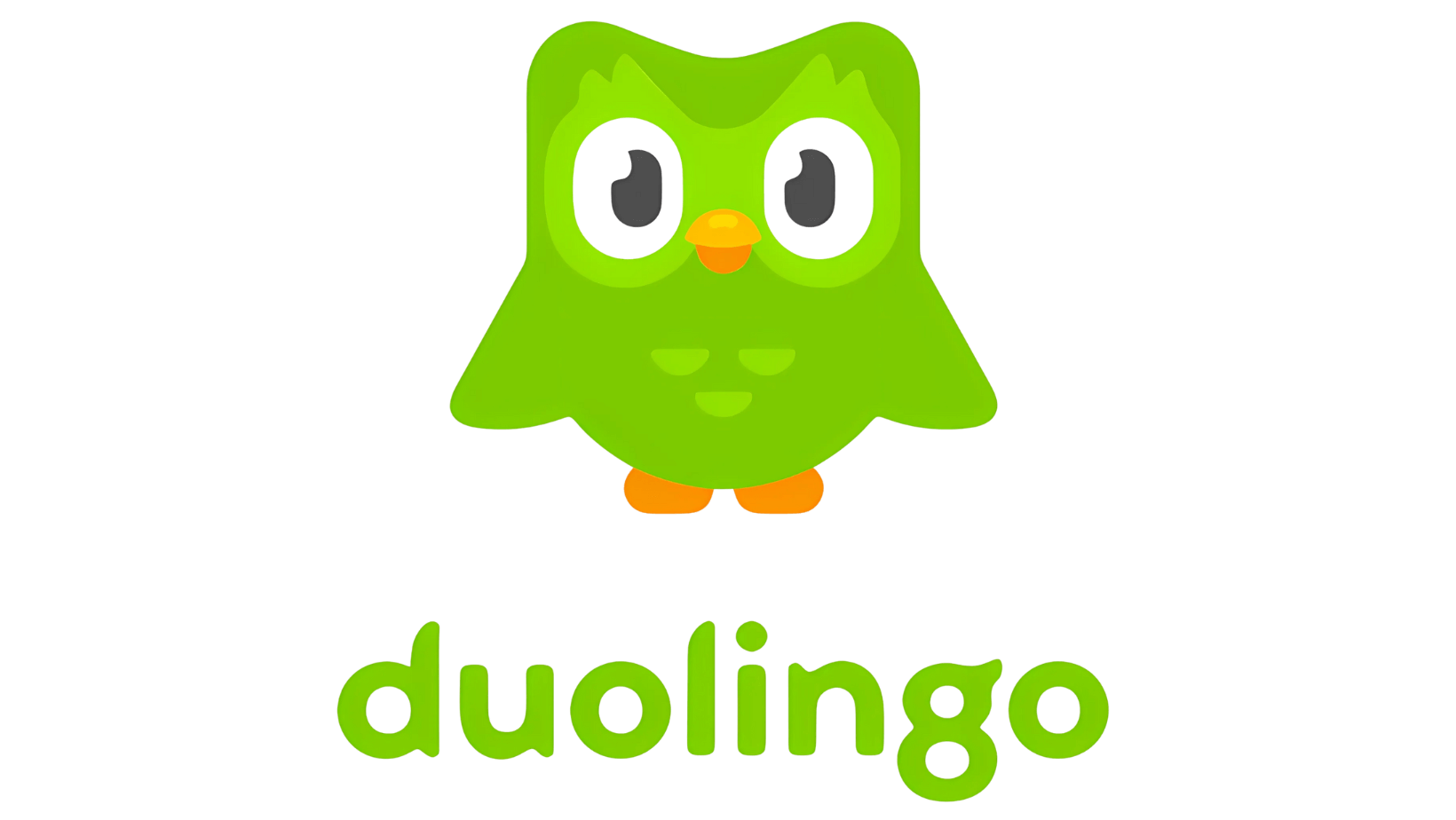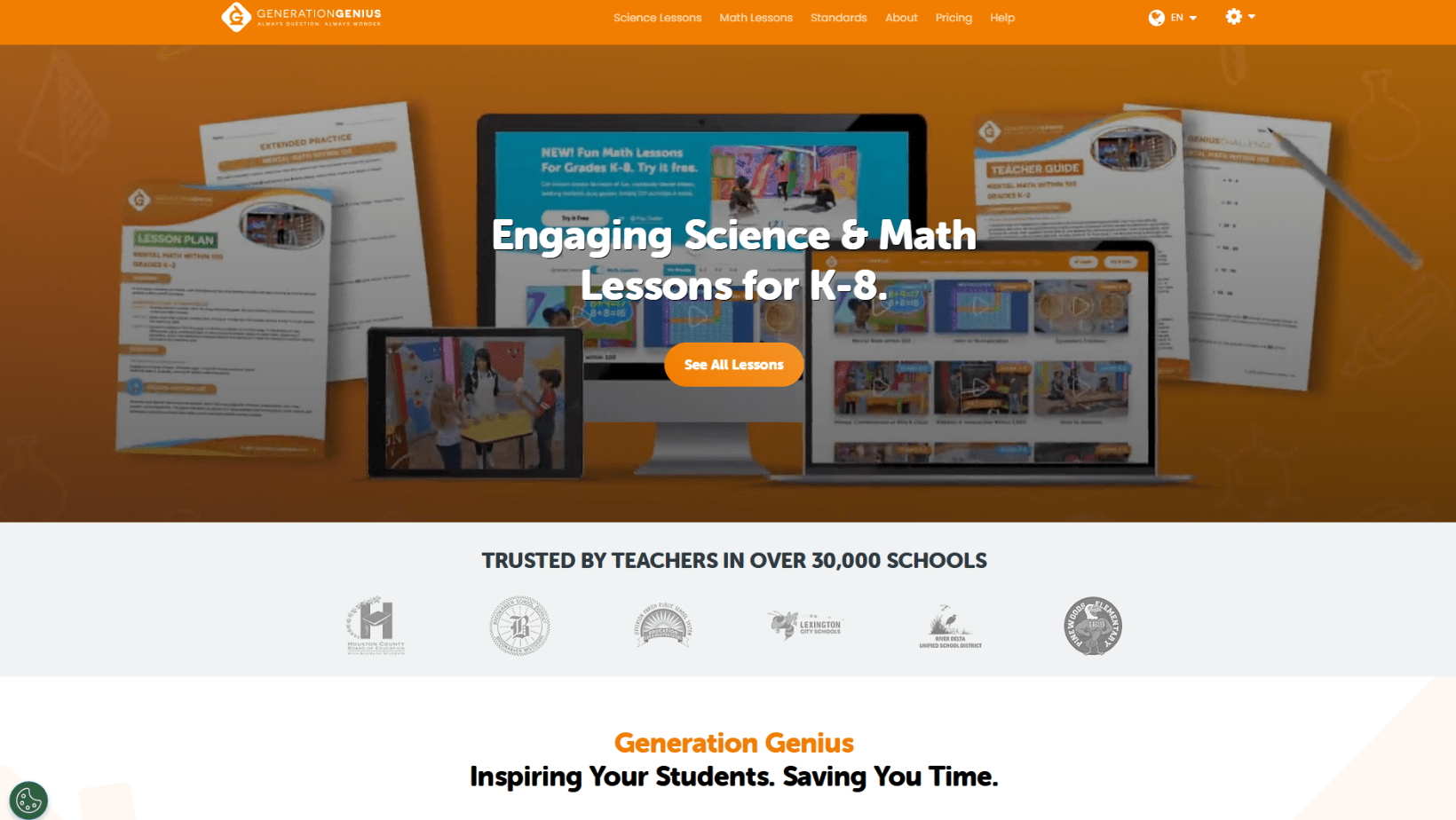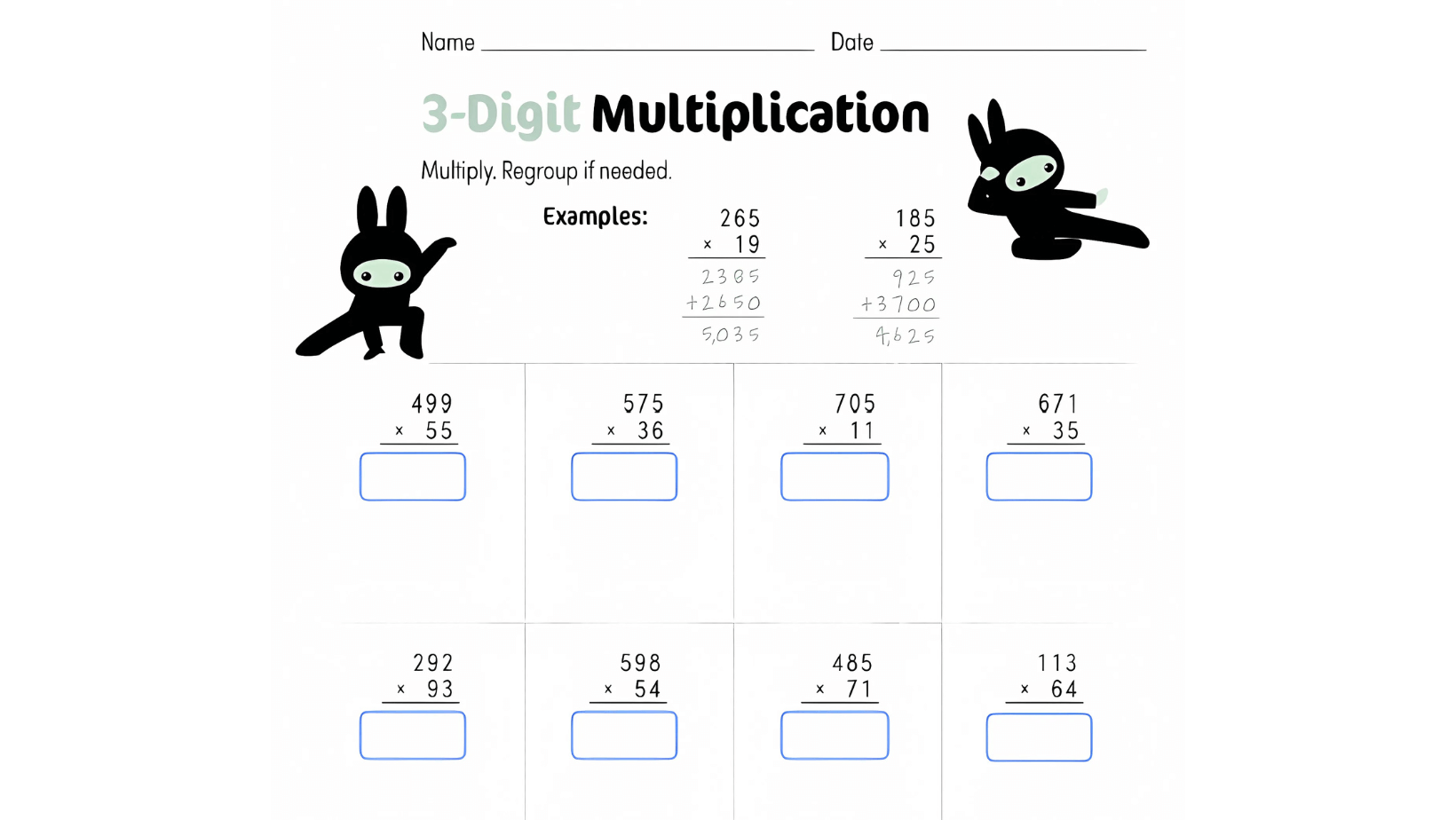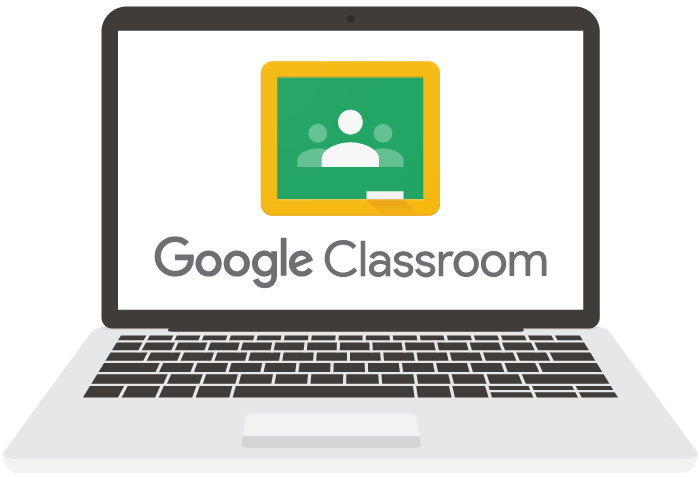ROADSCHOOLING: HOW WE TEACH ON THE GO
Created by: Chris Cox
The Road to Learning
When we first rolled out of our driveway in our 43-foot fifth-wheel, we weren’t just leaving behind our house — we were leaving behind the traditional classroom. Like many families considering roadschooling, one of our biggest questions was: How do we make sure our kids get a high-quality education while we’re traveling full-time?
We knew we didn’t want to piece together random worksheets and hope for the best. Instead, we wanted a roadschooling curriculum that blended the structure of a school setting with the flexibility of life on the road.
After plenty of trial and error (and a few “why isn’t the Wi-Fi working?” meltdowns), we’ve built a system that works for our family — a balance of core academic programs, enrichment classes, and real-world learning from the places we explore.
Table of Contents
Why Roadschooling Works for Us
We didn’t choose roadschooling simply because we live in an RV — we chose it because it gives our family something that traditional classrooms can’t: freedom, flexibility, and real-world connection. For us, learning isn’t limited to four walls and a whiteboard. It happens at the kitchen table, on a trail, in a museum, and sometimes in the middle of a grocery aisle.
Freedom means we can shape our kids’ education around their strengths, interests, and pace. If one of our daughters develops a sudden fascination with astronomy, we can pause our regular science unit, dive into constellations through Generation Genius videos, and then spend an evening stargazing in a dark-sky park like Bryce Conyon.
Flexibility allows us to adjust when life on the road throws curveballs — a flat tire, a detour, or the irresistible pull of a once-in-a-lifetime experience. We can shift lessons to the afternoon, double up the next day, or swap online work for a hands-on activity without “falling behind.”
Real-world connection is what makes roadschooling magical. When we study U.S. history, it’s not from a textbook alone — it’s while walking the grounds of Fort McHenry National Monument or touring Independence Hall and standing in front of the Liberty Bell. Geography lessons happen as we plan our next route, tracing highways across maps and calculating distances. Math becomes budgeting for campsite fees and groceries. Language arts comes alive when the girls document our adventures through travel journals.
Roadschooling works for us because it’s not just about meeting academic standards — it’s about raising curious, adaptable, and confident learners who see the world as their classroom.
Our Core Curriculum: MiAcademy
It took some time to decide on the type of instruction and platform we felt would best align with our travels. MiAcademy offers both structure and flexibility. The curriculum covers math, language arts, science, and social studies, but does it in a way that allows for flexibility that is both interactive and self-paced.
Why we love it:
Colorful, engaging lessons that feel more like a game than a lecture.
Built-in projects that encourage creativity.
Flexible pacing that lets us skip ahead on mastered topics or slow down when needed.
How we use it:
Each morning starts with 60–90 minutes on MiAcademy. This ensures we cover our core subjects consistently before moving on to other activities.
If you’re considering MiAcademy, new subscribers can complete this form to obtain both discount and tuition information.
Reinforcing Skills with IXL
Even with a strong core program, review and reinforcement are essential. That’s where IXL Learning comes in.
Benefits of IXL:
Provides targeted practice in math and language arts.
Tracks progress and highlights areas for improvement.
Offers interactive questions and explanations.
We typically use IXL three to four days a week for short skill-focused sessions — perfect for reinforcing what we’ve learned on MiAcademy.
Enrichment and Socialization with Outschool
Outschool is our go-to for keeping our girls socially connected and exploring subjects beyond the basics. One of our biggest concerns with roadschooling was making sure they had opportunities to interact with peers, learn from other teachers, and dive into topics they love.
We use Outschool for:
Arts and music to inspire creativity.
Special interest clubs like sewing, story writing, or animal science.
Group discussions that build confidence and communication skills.
The live, teacher-led format means they can learn from passionate instructors and meet kids from around the world — all from our RV. It’s also a perfect rainy-day or travel-day activity that keeps learning fresh and exciting.
Language Learning with Duolingo
We believe learning a second language opens doors both academically and culturally. Duolingo has been our go-to for introducing Spanish in a way that’s fun, interactive, and easy to fit into our days on the road.
The app’s streaks, badges, and bite-sized lessons keep our girls motivated, and each session is short enough to fit in during breakfast or before bed.
Our routine:
10–15 minutes a day on the app.
“Spanish-only” family challenges during meals or activities.
Real-world practice in bilingual areas — ordering food, reading signs, or chatting with locals.
Combining digital lessons with hands-on practice makes Spanish stick — and turns learning into part of the adventure.
Math Advancement with Synthesis Tutor
For pushing math beyond the grade level, Synthesis Tutor (ages 5 - 11) has been incredible. When we started roadschooling, we wanted more than just standard worksheets — we wanted a way to stretch our girls’ thinking, help them approach problems from multiple angles, and build true confidence in math. That’s why we added Synthesis Tutor to our curriculum.
Its one-on-one, personalized AI instruction means each session is tailored to our kids’ exact needs. The focus isn’t just on getting the “right” answer — it’s on understanding why that answer works and exploring alternative ways to solve a problem.
Key benefits:
Personalized instruction that adapts to each child’s level and pace.
Emphasis on problem-solving and critical thinking rather than rote memorization.
Encourages creativity in math, showing that there’s often more than one path to a solution.
We use it once or twice a week, depending on our travel schedule, and often see the concepts learned there pop up naturally in other parts of our day.
Science & Math with Generation Genius
Generation Genius turns complex concepts into fun, easy-to-understand videos paired with hands-on activities. It’s a great way to make abstract topics click, especially for our visual learners who benefit from seeing lessons in action.
We use it to:
Supplement MiaAcademy’s science and math units with deeper dives into specific topics.
Engage visual learners with high-quality, entertaining video lessons.
Incorporate experiments we can realistically do at a campsite using simple, portable materials.
It’s a tool that bridges the gap between screen learning and real-world discovery, helping our kids connect theory with practice in a memorable way.
Printable Worksheets from Education.com
Sometimes, nothing beats pencil and paper — especially when your Wi-Fi isn’t cooperating. Education.com is our go-to for printable worksheets covering everything from multiplication drills and grammar exercises to creative writing prompts and science puzzles.
We keep a small folder of pre-printed activities on hand so we’re always prepared for low-connectivity days. These worksheets aren’t just filler — they’re a great way to reinforce concepts learned on MiaAcademy or IXL, and they give our girls a chance to practice neat handwriting and problem-solving without a screen in sight.
Perfect for:
Long travel days when Wi-Fi is spotty or unavailable.
Offline review sessions to strengthen recently learned material.
Quiet time activities when everyone needs a little downtime.
Having a stack of ready-to-go worksheets means learning never has to pause just because the internet does — and it’s amazing how a simple printed page can spark focus in the middle of a busy travel day.
Google Classroom: Our Roadschooling Command Center
Google Classroom is where it all comes together. It’s our central hub for assignments, progress tracking, and lesson planning. When we first started traveling full-time, we quickly realized that juggling multiple platforms without a unified system made it hard to stay on track. Google Classroom solved that problem by giving us a single dashboard that both kids and parents can navigate easily.
Why we love it:
All tasks in one place — from MiaAcademy assignments to Duolingo challenges and Synthesis Tutor sessions.
Easy for kids to manage — they can log in to see what’s next, mark tasks complete, and review feedback.
Digital record-keeping — every completed assignment is recorded for easy review.
We also use it for custom assignments that make learning more personal. These might include journaling about a hike, creating a slideshow about a national park we visited, or researching the history of a landmark we’ve explored. This flexibility lets us blend formal curriculum work with the hands-on learning that happens naturally while traveling.
With Google Classroom acting as our “command center,” we spend less time managing school logistics and more time actually learning — and that’s exactly what roadschooling is all about.
Integrating Travel into Learning
One of the biggest perks of roadschooling? The world becomes your classroom — and every destination holds a lesson waiting to be discovered. Instead of reading about geothermal activity in a textbook, our girls learned about it firsthand while standing beside Yellowstone’s steaming geysers, feeling the heat and smelling the sulfur. History isn’t just dates on a page when you’re walking the historic streets of Philadelphia.
Math lessons become real at a farmers market, where the girls budget a set amount of money for fresh produce, compare prices, and calculate change on the fly. Language arts turns into a creative adventure through travel journaling — capturing not only what we saw, but how it felt to experience it. Science becomes an interactive experiment when we explore tide pools along the Oregon Coast, identifying marine life and tracking the tide schedule to understand ecosystems in motion. Geography takes shape during cross-country travel planning, as the girls map routes, estimate drive times, and study state-specific facts before we arrive.
From identifying constellations under a desert sky to practicing Spanish in a New Mexico, roadschooling makes learning immersive, tangible, and unforgettable.
Tips for a Successful Roadschool Routine
While roadschooling offers incredible flexibility, a little structure helps keep learning consistent — even when travel days, weather delays, or spontaneous adventures disrupt the schedule. Over the last year, these practical strategies have helped us stay on track:
Plan around travel days. Avoid heavy academic loads on long drive days. Use those hours for lighter activities like reading, podcasts, or Education.com worksheets.
Have offline backups. Download MiaAcademy lessons, IXL practice sets, and Generation Genius videos before hitting areas with spotty Wi-Fi.
Mix screen time with hands-on learning. Pair online math lessons with real-world budgeting or science videos with campsite experiments.
Use checklists. Give kids a simple daily or weekly list of assignments in Google Classroom so they can track their own progress.
Be realistic. Accept that some weeks will lean heavily on academics while others are dominated by travel or field trips — it’s all part of the learning journey.
The key is finding a rhythm that works for your family and being ready to adjust it as your travels (and your kids) change.
Final Thoughts
Our roadschooling curriculum isn’t just a way to “do school on the road” — it’s the heartbeat of how we live and learn as a family. Each resource plays a role: MiaAcademy gives us structure, Outschool connects us with other learners, IXL sharpens skills, Duolingo broadens our language abilities, Synthesis Tutor challenges our math thinking, Generation Genius fuels curiosity in science, Education.com keeps offline learning simple, and Google Classroom ties it all together.
Yet, the true value lies beyond the lesson plans. It’s in the spark of wonder when our girls see a geyser erupt for the first time, the sense of accomplishment after navigating a farmers market budget, and the joy of connecting history to the very ground beneath our feet. Roadschooling has shown us that the world is a living classroom, and every journey is a chance to grow — together.
Thinking About Roadschooling 🚐
💡 Before you hit the road, choosing your domicile — your legal state of residency — is one of the most important decisions you’ll make. It impacts your taxes, insurance, and the homeschool laws you’ll follow.
📍 Read our guide: Roadschooling & Residency: How to Pick a Domicile to learn about the top states RV families choose, how to change your domicile, and why we decided to remain North Carolina residents. Plus, download our free domicile change checklist to make the process simple after a decision is made.
To receive additional travel tips and information about life on the road from 4C’s in an RV, subscribe below!
"This post may contain affiliate links. If you click on a link and make a purchase, I may receive a commission at no extra cost to you

